An introduction to Flowcharts
Last Updated :
30 Oct, 2023
What is a Flowchart?
Flowchart is a graphical representation of an algorithm. Programmers often use it as a program-planning tool to solve a problem. It makes use of symbols which are connected among them to indicate the flow of information and processing.
The process of drawing a flowchart for an algorithm is known as “flowcharting”.
Basic Symbols used in Flowchart Designs
- Terminal: The oval symbol indicates Start, Stop and Halt in a program’s logic flow. A pause/halt is generally used in a program logic under some error conditions. Terminal is the first and last symbols in the flowchart.
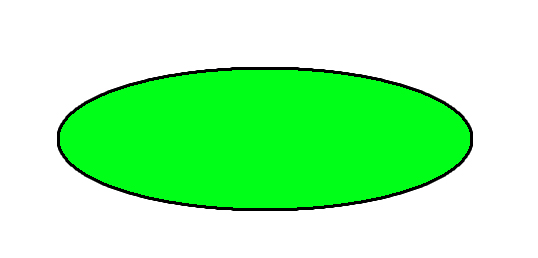
- Input/Output: A parallelogram denotes any function of input/output type. Program instructions that take input from input devices and display output on output devices are indicated with parallelogram in a flowchart.
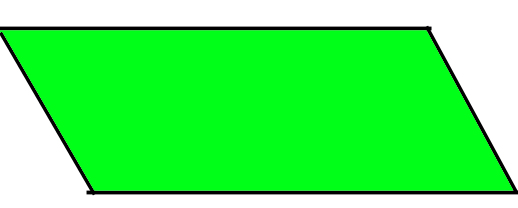
- Processing: A box represents arithmetic instructions. All arithmetic processes such as adding, subtracting, multiplication and division are indicated by action or process symbol.
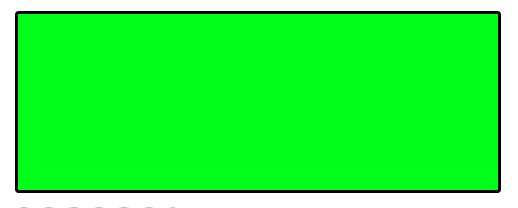
- Decision Diamond symbol represents a decision point. Decision based operations such as yes/no question or true/false are indicated by diamond in flowchart.
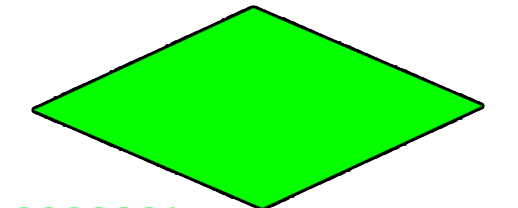
- Connectors: Whenever flowchart becomes complex or it spreads over more than one page, it is useful to use connectors to avoid any confusions. It is represented by a circle.
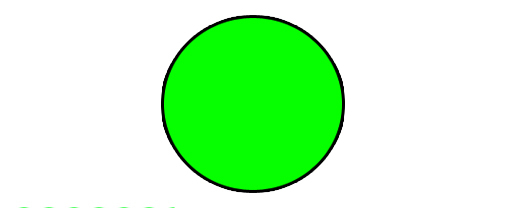
- Flow lines: Flow lines indicate the exact sequence in which instructions are executed. Arrows represent the direction of flow of control and relationship among different symbols of flowchart.
Rules For Creating Flowchart :
A flowchart is a graphical representation of an algorithm.it should follow some rules while creating a flowchart
Rule 1: Flowchart opening statement must be ‘start’ keyword.
Rule 2: Flowchart ending statement must be ‘end’ keyword.
Rule 3: All symbols in the flowchart must be connected with an arrow line.
Rule 4: The decision symbol in the flowchart is associated with the arrow line.
Advantages of Flowchart:
- Flowcharts are a better way of communicating the logic of the system.
- Flowcharts act as a guide for blueprint during program designed.
- Flowcharts help in debugging process.
- With the help of flowcharts programs can be easily analyzed.
- It provides better documentation.
- Flowcharts serve as a good proper documentation.
- Easy to trace errors in the software.
- Easy to understand.
- The flowchart can be reused for inconvenience in the future.
- It helps to provide correct logic.
Disadvantages of Flowchart:
- It is difficult to draw flowcharts for large and complex programs.
- There is no standard to determine the amount of detail.
- Difficult to reproduce the flowcharts.
- It is very difficult to modify the Flowchart.
- Making a flowchart is costly.
- Some developer thinks that it is waste of time.
- It makes software processes low.
- If changes are done in software, then the flowchart must be redrawn
Example : Draw a flowchart to input two numbers from the user and display the largest of two numbers
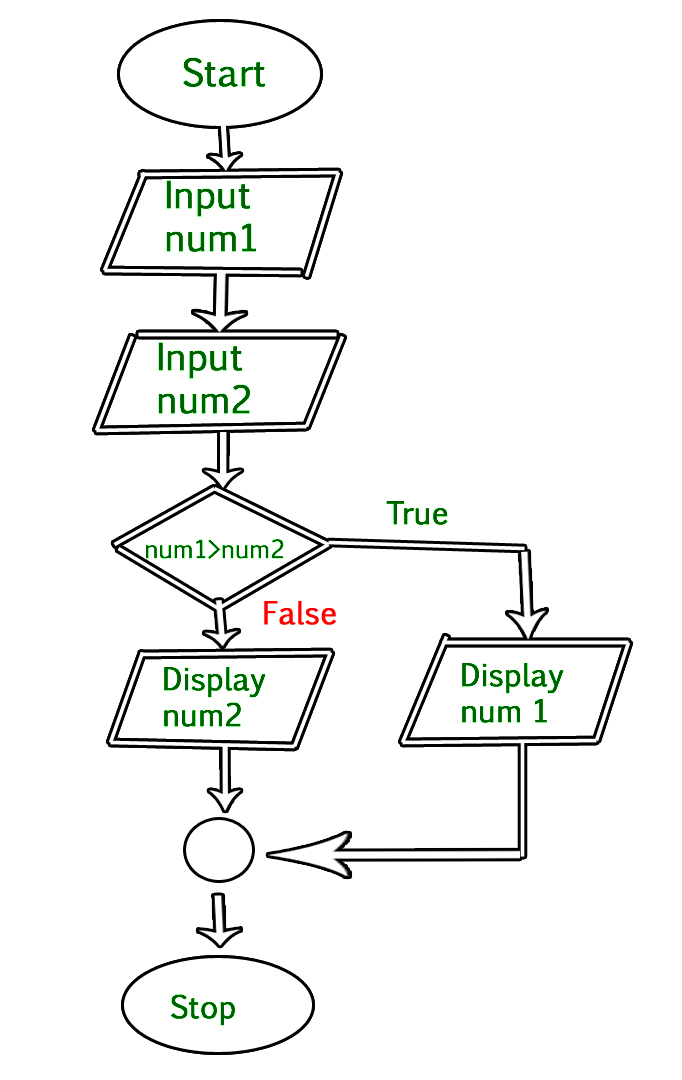
C++
#include <iostream>
using namespace std;
int main()
{
int num1, num2, largest;
cout << "Enter two numbers:\n";
cin >> num1;
cin >> num2;
if (num1 > num2)
largest = num1;
else
largest = num2;
cout << largest;
return 0;
}
|
C
#include <stdio.h>
int main()
{
int num1, num2, largest;
printf("Enter two numbers:\n");
scanf("%d%d", &num1, &num2);
if (num1 > num2)
largest = num1;
else
largest = num2;
printf("%d", largest);
return 0;
}
|
Java
import java.util.Scanner;
public class largest {
public static void main(String args[])
{
int num1, num2, max;
Scanner sc = new Scanner(System.in);
System.out.println("Enter two numbers:");
num1 = sc.nextInt();
num2 = sc.nextInt();
if (num1 > num2)
max = num1;
else
max = num2;
System.out.println(max);
}
}
|
Python3
num1 = int(input("Enter first number: "))
num2 = int(input("Enter second number: "))
if num1 > num2:
max_num = num1
else:
max_num = num2
print("The largest number is:", max_num)
|
C#
using System;
using System.IO;
class GFG
{
static public void Main ()
{
int num1, num2, max;
Console.WriteLine("Enter two numbers:");
num1 = Convert.ToInt32(Console.ReadLine());
num2 = Convert.ToInt32(Console.ReadLine());
if (num1 > num2)
max = num1;
else
max = num2;
Console.WriteLine(max);
}
}
|
Output
Enter two numbers:
10 30
30
References:
Computer Fundamentals by Pradeep K. Sinha and Priti Sinha
Share your thoughts in the comments
Please Login to comment...